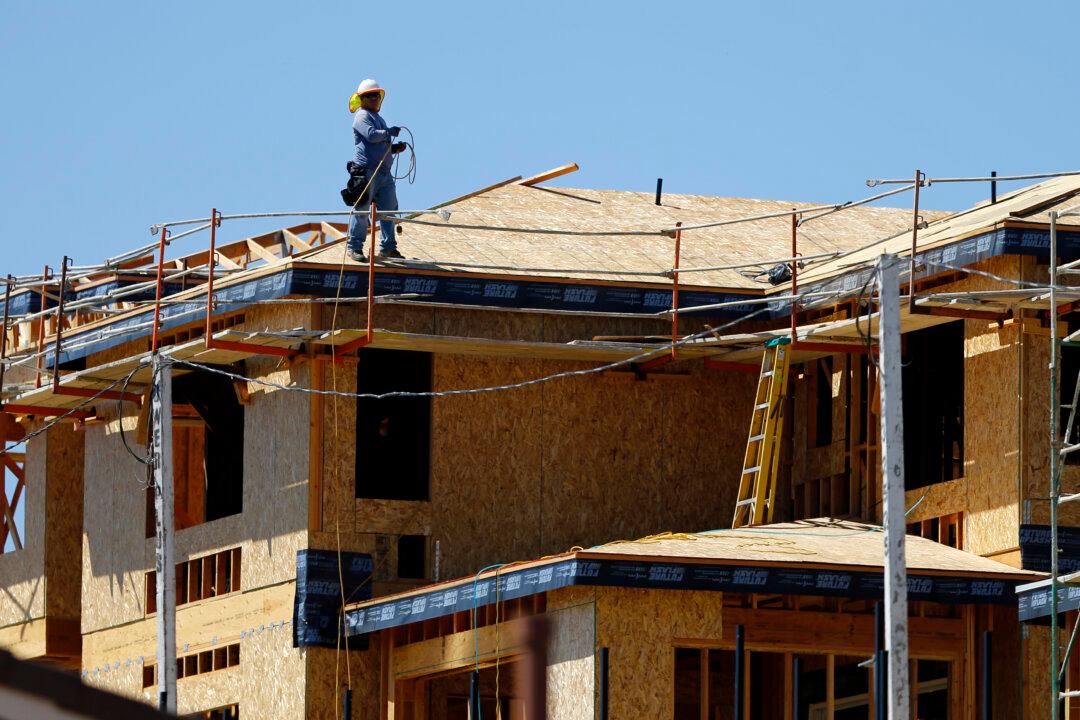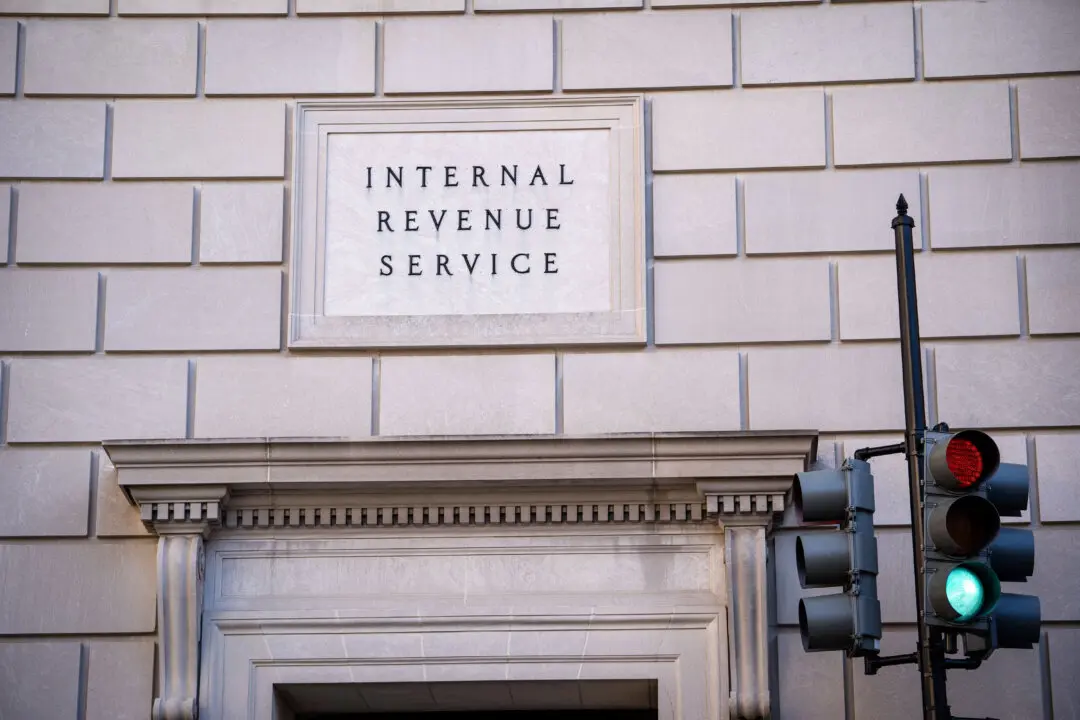Builder confidence in the housing market remained buoyant in February, according to the latest National Association of Home Builders (NAHB) Housing Market Index (HMI), with the last three monthly sentiment readings hitting its highest levels since December 2017.
The composite index, which reflects confidence in the market for newly-built single family homes, came in at 74 in February, which is a one-point drop from January’s figure but an annual growth of 19.35 percent compared to last February’s print.





